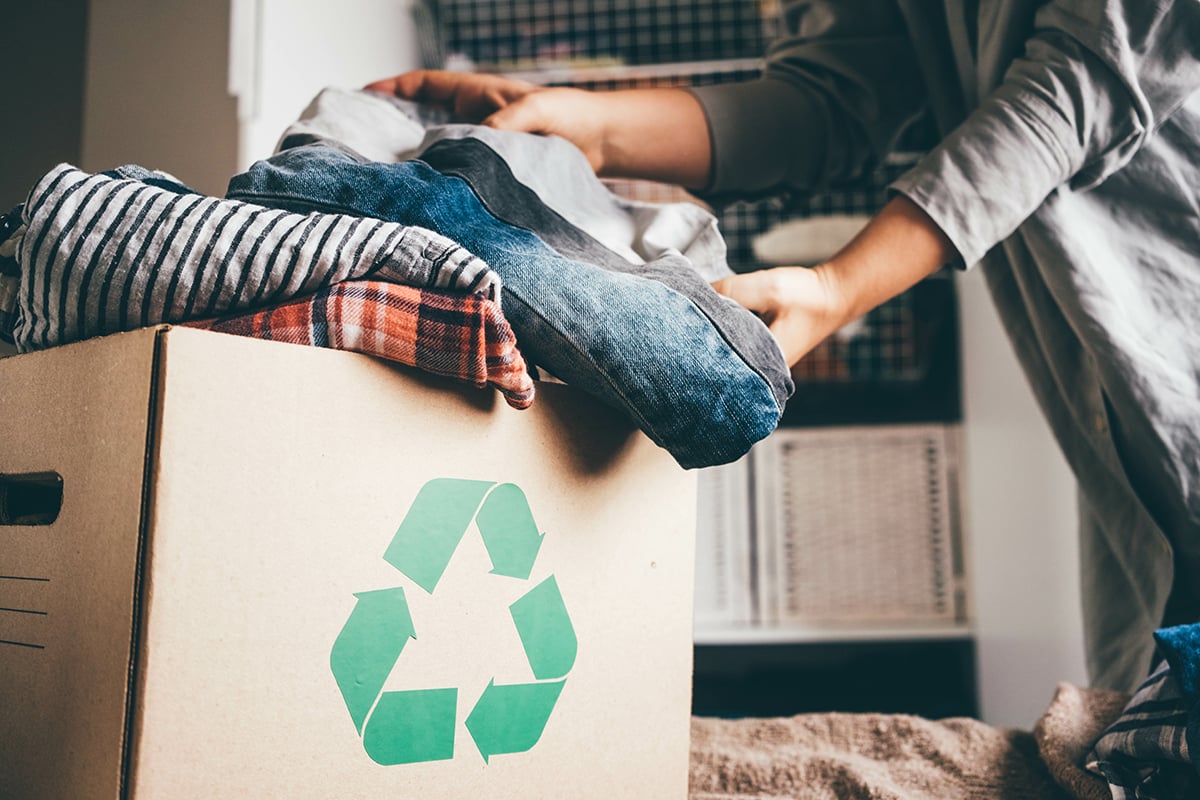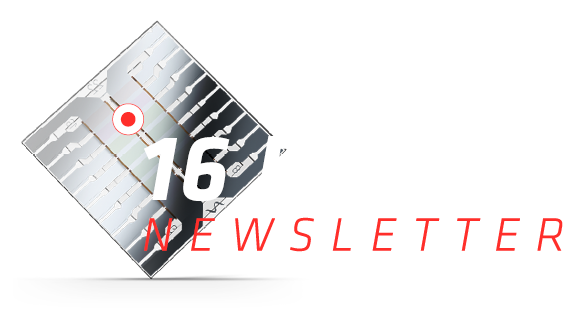“A circular fashion industry is one in which waste and pollution are designed out, products and materials are kept in use for as long as possible, including through reusing and recycling, and where natural systems are regenerated.” – Clare Lissaman, Common Objectives
The concepts of a circular economy and circular fashion have become increasingly important as we are moving towards a more sustainable future. While small-scale labels have been advocating for more sustainability in the textile industry for years, key players in retail have now caught on as well. For example, the multinational clothing company H&M is offering garment collection services that enable large scale textile recycling.
With this growing awareness of sustainability, the need for reliable tools to identify textile compositions and to enable correct recycling processes is increasing equally fast. So, how can Senorics contribute to closing the loop?
A tool to determine the composition of post-consumer textile waste
The SenoLab is a versatile tool that enables users to identify and quantify the composition of textiles and yarns within the blink of an eye. While other testing methods, such as wet-chemical analysis, are destructive by nature, the SenoLab offers a way to analyze textile materials without damaging them in the process. This makes it the perfect solution to analyze textile materials that are destined to be recycled and reused.
Companies can use the mobile SenoLab to...
- Sort textile waste effortlessly in order to recycle it correctly. This is especially useful for recycling centers and for retailers such as H&M who offer garment collection and recycling services.
- Analyze yarns and textiles made from recycled fibers and determine their composition before turning them into new products. This is important, as producers, such as yarn manufacturers, need to know the composition of yarns in order to select suited dyeing processes.
- Provide consumers with correct information about the composition of recycled textiles on textile labels. This establishes transparency and avoids problems, such as allergic reactions.
 The SenoCorder analyzing a textile for its composition
The SenoCorder analyzing a textile for its composition
How can consumers contribute to closing the loop?
While it is important for key players in the fashion realm to make fundamental changes, there is also ways in which consumers can contribute to a more sustainable textile industry. We have gathered our favorite suggestion for you below.
- Whenever possible, try to buy clothing that is made of high-quality and/or sustainable raw materials. While it costs a little more, it will also last you longer.
- Wear clothing for as long as possible and refrain from buying items for only one occasion or just a single season.
- If you do need an outfit for a special occasion, try renting services such as the WeDress Collective
- Sell clothes you no longer wear to second-hand shops, or on platforms such as Vinted and eBay. This is also an opportunity to buy second-hand clothing if you need a new item for your wardrobe.
- Alternatively, you can donate unwanted clothing to charity shops and other non-for-profit organizations in your area.
- If you feel crafty, you can upcycle your old clothes and turn them into something entirely new with DIY ideas such as those from Minimalism Made Simple or Readers Digest
- If all is lost and your old clothes are in too bad of a shape for any of these options, then you can always drop them off at local recycling centers or repurpose them as cleaning cloths.
 © [Mariia Korneeva] / Adobe Stock
© [Mariia Korneeva] / Adobe Stock
At Senorics we are invested in using our technology to contribute to a more sustainable future. In this article we have given you some ideas on how you can use the SenoLab to revolutionize the way your company processes and recycles textile materials. And since circular fashion is a mutual effort, we hope that our suggestions for textile recycling have inspired you to reflect on how you consume textiles in your personal life.
If you would like to learn more about efficient textile recycling, check out this article from the archives.



